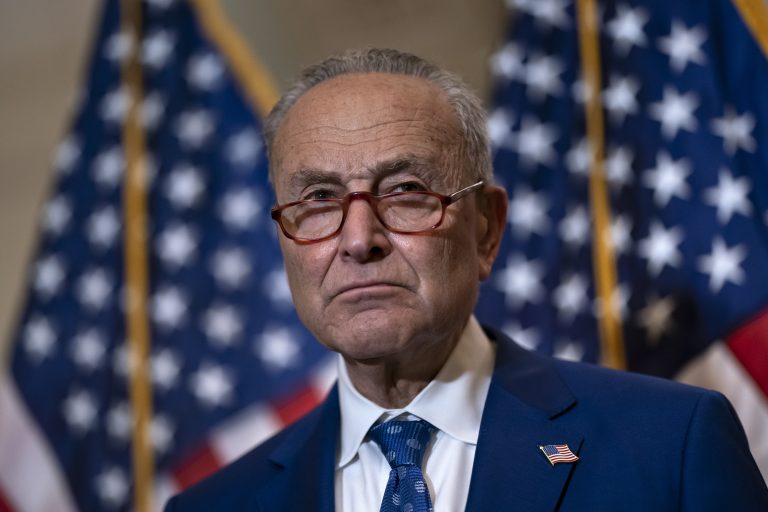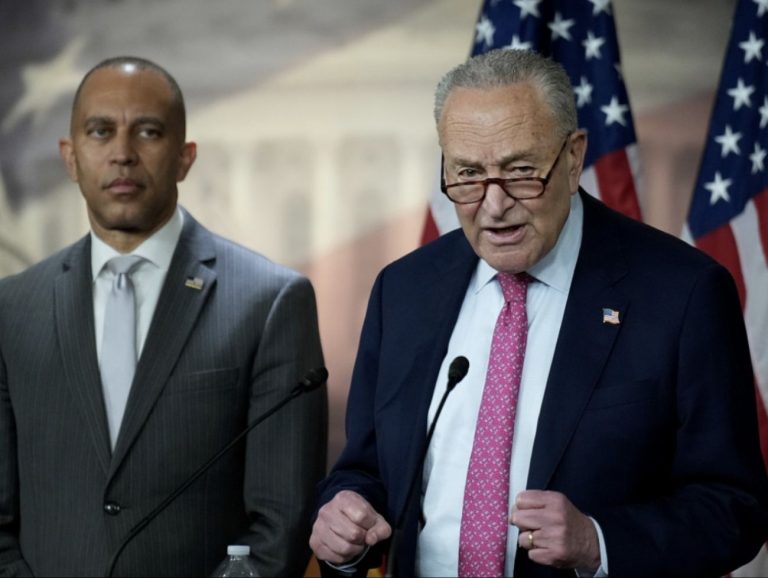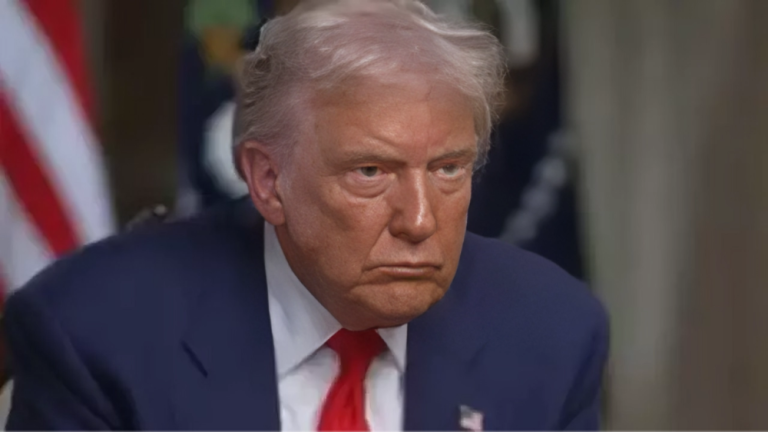In a series of quiet but sweeping administrative decisions, the U.S. government has begun a significant internal overhaul affecting one of its most powerful law enforcement agencies. Behind the official statements and structured press briefings, a deeper recalibration is taking shape — one that could redefine how immigration enforcement operates across the country.
At the heart of the development lies a substantial reassignment of leadership within Immigration and Customs Enforcement, or ICE. The moves, described by individuals familiar with the matter, amount to one of the most extensive personnel shifts in the agency’s two-decade history. Officials say at least a dozen field office directors — the senior officers who oversee enforcement activities in key metropolitan regions — have been reassigned. Some are moving to new posts within the Department of Homeland Security, while others are being replaced altogether.
Roughly half of those incoming leaders are reportedly drawn from the ranks of Customs and Border Protection, including several seasoned Border Patrol agents. The remaining positions are being filled by existing ICE officials or retired officers brought back to assist with what insiders have described as a broad “realignment” of federal enforcement priorities. The precise list of affected cities remains closely held, but multiple sources have pointed to major metropolitan areas such as Los Angeles, Chicago, and Washington as among those seeing direct change.
The Department of Homeland Security, which oversees both ICE and CBP, has not publicly confirmed the details. Still, the scope of the changes suggests a deliberate attempt to consolidate leadership structures at a moment when immigration enforcement is once again near the top of the national agenda.
A Reshaped Command Structure
The decision to install Border Patrol veterans into ICE command positions marks a notable evolution in how federal immigration enforcement is being approached. Traditionally, CBP officers and Border Patrol agents have been focused on operations at or near the U.S. border — intercepting migrants, seizing contraband, and preventing illegal crossings. ICE, by contrast, operates primarily within the interior of the United States, pursuing individuals who have overstayed visas, committed crimes, or otherwise violated immigration law after entering the country.
Now, those lines appear to be blurring. By transferring senior Border Patrol agents into ICE’s upper ranks, the administration seems intent on merging two enforcement philosophies: the tactical, ground-level approach of the Border Patrol with the investigative and administrative methods long associated with ICE.
Observers both inside and outside government note that such integration could bring new efficiencies, but also new tensions. CBP has been criticized in recent years for its aggressive tactics, particularly in large cities where its agents have participated in operations once left solely to ICE. In some cases, those operations involved highly visible shows of force — helicopter insertions, rapid raids, and downtown patrols — that drew public concern and political backlash.
The move to place Border Patrol officials in ICE leadership roles may formalize a partnership that, until now, has been largely ad hoc. One official familiar with the discussions described it as “a full-spectrum approach,” intended to eliminate bureaucratic silos between agencies that share overlapping missions.
Broader Implications for Enforcement
ICE maintains 25 field offices throughout the United States. Each functions as a command hub, directing investigations, removals, and coordination with local law enforcement. Reassigning leadership in roughly half of these offices represents not only a personnel shuffle but a potential pivot in operational focus.
For the administration, it is also an opportunity to install leaders aligned with its broader immigration objectives — an agenda centered on intensified enforcement, expanded detention, and faster removals. That approach has already resulted in a marked uptick in enforcement actions across several major cities, according to data reviewed by officials familiar with internal reporting.
Within immigrant communities, the response has been predictably anxious. Advocacy organizations in areas like Los Angeles and Chicago report that residents are once again limiting travel, avoiding routine interactions with local agencies, and hesitating to access public services out of fear of detention. For many, the reshuffling at ICE signals not bureaucratic adjustment, but escalation.
Still, supporters of the administration’s policies argue the shake-up is both overdue and necessary. They point to long-standing inefficiencies and low morale within ICE, arguing that the agency’s internal divisions have hindered the effective enforcement of immigration law. For these proponents, replacing half of ICE’s senior leadership is a strategic move toward revitalizing an agency seen as critical to border security and public safety.
A Familiar Pattern of Upheaval
This is not the first time the agency has undergone major reorganization since the current administration took office. Earlier this year, the acting director of ICE, Caleb Vitello, was reassigned to another role within Homeland Security. Todd Lyons, a career officer with decades of field experience, was then appointed as acting head — a move welcomed by those seeking stronger continuity between Washington leadership and front-line operations.
In the months that followed, the agency continued its internal restructuring. Two of its top branch heads were also reassigned in May, marking what some insiders called a “strategic housecleaning.”
The latest round of changes appears to extend that same pattern on a much broader scale. Rather than isolated leadership swaps, the reassignments now reach into the operational backbone of ICE’s national network.
A spokesperson for the Department of Homeland Security, when asked about the rationale behind the changes, offered a brief statement emphasizing results over process: “This department is laser-focused on outcomes,” she said. “This is one team, one mission, one fight.”
The message was clear — whatever internal differences existed between agencies like ICE and CBP were to be set aside in service of a unified enforcement strategy.
Interagency Tensions and Coordination
For years, coordination between ICE and CBP has been shaped by institutional differences as much as shared objectives. While both operate under the Homeland Security umbrella, they differ in culture, methods, and even in public perception. CBP’s work is often visible — agents in uniform patrolling borders and checkpoints — while ICE’s operations are quieter, based on intelligence gathering, administrative warrants, and long-term investigations.
Bringing Border Patrol agents into ICE command roles could, in theory, inject new energy into an agency that some see as overly bureaucratic. But critics warn it could also deepen friction and erode procedural safeguards that have historically distinguished the two organizations.
Legal advocates worry that the blending of operational tactics may lead to expanded use of force and less oversight in urban environments. “The roles were separated for a reason,” one immigration attorney said. “Blurring them risks turning every immigration action into a border raid.”
At the same time, officials inside Homeland Security argue that the challenges facing federal immigration enforcement — from rising migrant crossings to strained detention capacities — require precisely this kind of flexibility. To them, the current restructuring is not consolidation but modernization.
The Human Element Behind the Bureaucracy
Behind every reassignment are careers, families, and field offices that must adapt overnight. The affected directors represent decades of institutional knowledge, much of it irreplaceable. Some have already accepted new posts or early retirement, while others remain in transitional roles as replacements arrive.
Those stepping into leadership from the Border Patrol bring with them a distinctly operational mindset — one shaped by years of field command and direct confrontation with smuggling networks and high-risk border scenarios. For ICE, which often operates through casework and administrative procedures, that represents a cultural shift.
It’s a change that could redefine the agency’s public image. For years, ICE has wrestled with how it is perceived — as both a necessary enforcer of immigration law and a symbol of fear for immigrant communities. Merging it more closely with Border Patrol could reinforce one side of that image at the expense of the other.
A Moment of Uncertainty
As of late October, details surrounding the reassignments remain fluid. Homeland Security officials continue to review candidates for several remaining field offices, while others are undergoing transitional briefings. The full effect of the changes — operationally and politically — may not be visible for months.
Within Washington, the shake-up has sparked quiet debate. Some see it as the natural extension of a president determined to implement his immigration policies with maximum efficiency. Others view it as a warning sign — a consolidation of power within a department already wielding vast discretion over millions of lives.
Either way, the process appears irreversible for now. The integration of Border Patrol leadership into ICE marks a new chapter in federal immigration enforcement, one defined less by incremental change and more by sweeping realignment.
For those on the ground — the officers carrying out operations and the communities they affect — the impact is immediate. The machinery of enforcement continues, only now under a new configuration of command.
As one senior official put it, “It’s not just about who sits in the chair. It’s about what kind of agency we become next.”

Emily Johnson is a critically acclaimed essayist and novelist known for her thought-provoking works centered on feminism, women’s rights, and modern relationships. Born and raised in Portland, Oregon, Emily grew up with a deep love of books, often spending her afternoons at her local library. She went on to study literature and gender studies at UCLA, where she became deeply involved in activism and began publishing essays in campus journals. Her debut essay collection, Voices Unbound, struck a chord with readers nationwide for its fearless exploration of gender dynamics, identity, and the challenges faced by women in contemporary society. Emily later transitioned into fiction, writing novels that balance compelling storytelling with social commentary. Her protagonists are often strong, multidimensional women navigating love, ambition, and the struggles of everyday life, making her a favorite among readers who crave authentic, relatable narratives. Critics praise her ability to merge personal intimacy with universal themes. Off the page, Emily is an advocate for women in publishing, leading workshops that encourage young female writers to embrace their voices. She lives in Seattle with her partner and two rescue cats, where she continues to write, teach, and inspire a new generation of storytellers.









